What’s the difference between watercraft and advanced watercraft?
To some anglers watercraft is not part of the equation. They’re happy just enjoying the outdoors and the escape from everyday life that carp fishing provides. To a great many though, watercraft does form part of their thinking and simply means one thing – location. There can’t be a carp angler around who hasn’t read or heard that location and swim choice is the most important aspect that contributes to success.
The neatest rigs, tastiest bait and most accurate casting is not going to get you a bite if there isn’t a carp within the vicinity and the old adage of “an hour in the right place is worth five in the wrong” is as relevant now as it ever was and probably more so on today’s busy waters.
Now, whilst location forms a major portion of watercraft, it isn’t the whole picture. There is a whole lot more that comes under the bracket of watercraft. Advanced watercraft is a subject that covers the less obvious facets to locating carp as well as several other aspects that come into it.

That sounds like a lot to take in.
Yes, it is. There is much to cover and it’s all further complicated by variables, interpretations and the fact that there are no rules. Most of what we’re discussing here is just a guide and you’ll have to decipher what you witness. Every venue is different and a sign on one water might mean a totally different thing on another. Watercraft is not something that can be taught in the same way as rig tying for instance. Whilst it is largely observation, it is also partly interpretation and a modicum of intuition. There’s even an element of watercraft that’s instinctive or subconscious. The way we naturally remain still and quiet when coming across fish in the edge, for instance
Can we start with carp location?
Location is probably the best place to begin really. The very first thing to say about location is that it’s an ongoing process. We’ve all read articles that mentions how the successful angler has spent time looking, making several circuits of the lake, before deciding on a swim and then applied that to our fishing. What we maybe don’t take quite so much notice of is the continued observation that takes place throughout the whole session. Things change but, by watching and listening the entire time, it is much easier to stay in tune with the carps’ movements and react accordingly.
Getting on fish is vital but staying on them is equally essential. If stimulated to move, carp aren’t going to wait for the end of your session before vacating the area. They’ll do it when they fancy and it’s only by continual observation that you’ll know when they have “done the off”. It’s not sufficient merely to be in the right swim either. Catching carp is as much about casting to the right spot and knowing where that might be is largely down to a picture that is built over time, not just while walking round and setting up. Advanced watercraft is a mindset of constant observation and analysis.
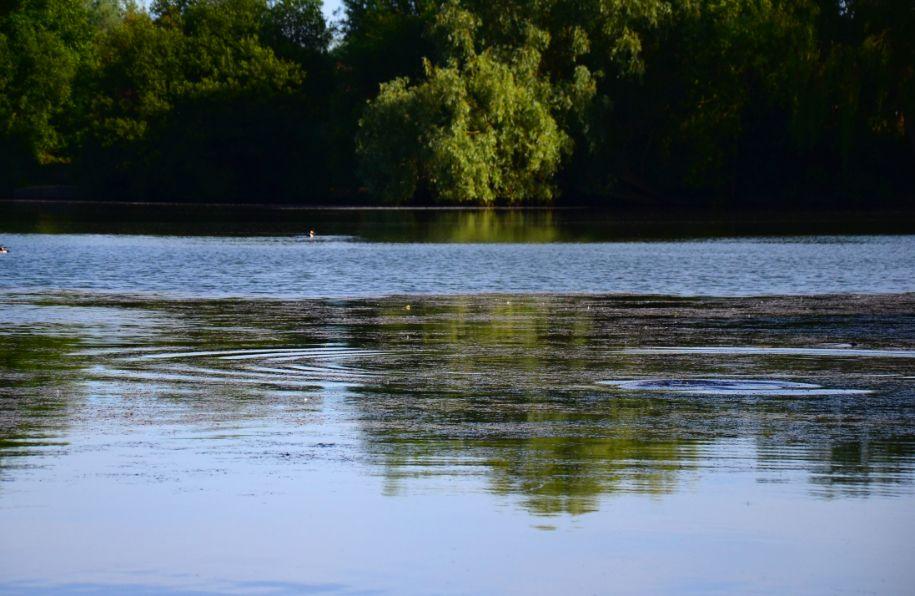
So we’ve got to keep our eyes peeled the whole time.
Yes, but it’s not only visual. Your eyes are directional whereas your ears are listening through the full 360°. More often than not, the first you’ll know of a carp jumping is by hearing it. During darkness, your ears are your prime sensory organ so will be especially useful throughout late autumn into early winter, when carp seem keener to show during the night. Your ears will also help you pinpoint the location of a show but sound does become distorted if you’re under a shelter and can seem like it came from a different direction. The more of your time you spend out in the open the more accurate your hearing will be.
Ah yes, of course. So what carp signs are we looking…..and listening for?
In addition to fish jumping, sticking their heads out or rolling we need to observe more subtle signals. Most of us will notice carp bow waving or cruising but the ones lower in the water column regularly go unseen. Consciously looking below, rather than at, the surface can help you see a slightly darker shape or two drifting through. This can be a false friend however as occasionally a ripple can have the same effect so be wary if they’re all traveling in the same direction.
It’s possible to spot the tiniest part of a carp in the right light. A single dorsal will reflect bright sunshine and the glint that can be seen from a long way off. In surface weed it’s common to see no sign other than a few inches of jet-black back poking through. Easily mistaken for sticks or reed stems they’re well worth watching for a while as, every so often, one will gently rise or fall telling you that they’re not inanimate.
Peering deep into the little holes in the weed might reveal a tail or a pectoral fin waving. Surface weed does seem to draw carp towards the top and another subtle sign, when they’re a foot or two down, is a very slight rock of the water. It appears to dip first, the gap filling again to create an almost imperceptible wave.
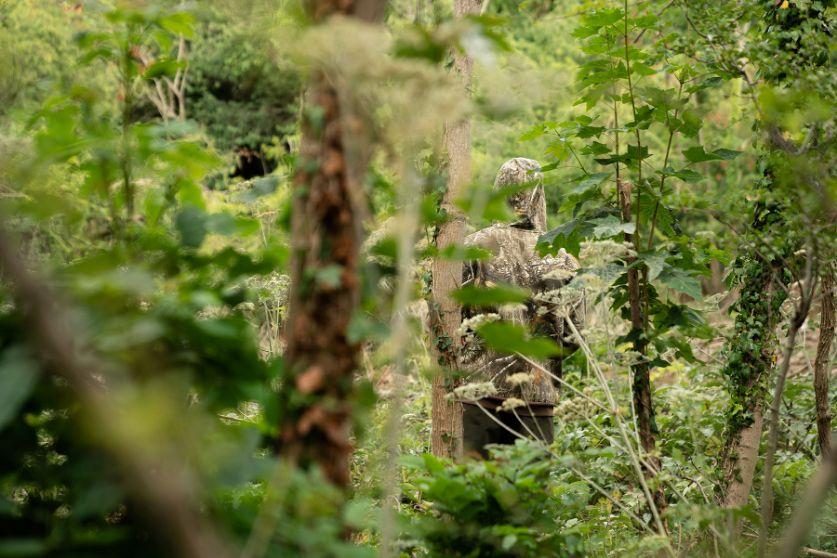
What about when it’s difficult to see.
There are lots of things that give carp away without you actually setting eyes on them. Sometimes, all it takes is a bit of movement to alert you. When looking into the margins, especially under overhanging trees or within snags, a deficit of light means visibility is diminished and carp flesh is difficult to make out. However, a carp moving through might brush against a branch, moving it slightly and reed stems knocking or bending are classic clues. A gentle flick of a tail is sufficient to create a vortex that kicks up detritus from the bottom with leaf litter being especially visible.
Birdlife sometimes makes a good indicator of the presence of carp. Tufties can be hesitant to dive whilst carp are below them but will occasionally follow them about, presumably as an aid to finding food. Coots can be extremely helpful. They’ll rear up and turn turtle or deviate if they come across a carp near the surface. Seeing them dive on your spot doesn’t mean carp are absent but often they’ll spook off when they are. One of their most revealing traits occurs during night time when suddenly a coot gives out its alarm call, followed by another and so on, alerting the lot of them. The cause of the commotion is, of course, a carp jumping sufficiently near to their roost to frighten them. It’s the location of the first coot you need to take note of. During desperate winter conditions, when there is little else to go on, even grebes can offer a tiny little pointer, as the water in which they are hunting silver fish must be of an acceptable temperature to cyprinoids.
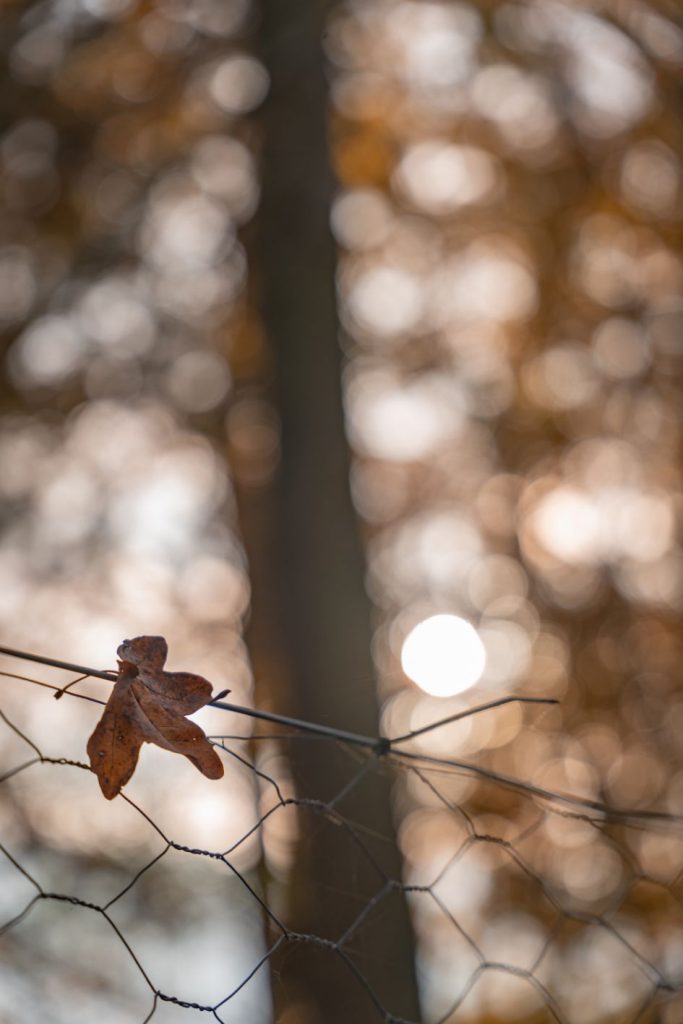
Swans will sometimes attempt to peck and chase off surface carp, which are also easily spooked if the shadow of a seagull passes over them. Some gulls will show you where a fly hatch is taking place, as will swallows and swifts during the summer. When carp feed aggressively they can really kick the bottom up causing bits of detritus to float to the top, attracting the attention of gulls, which dive on the spot.
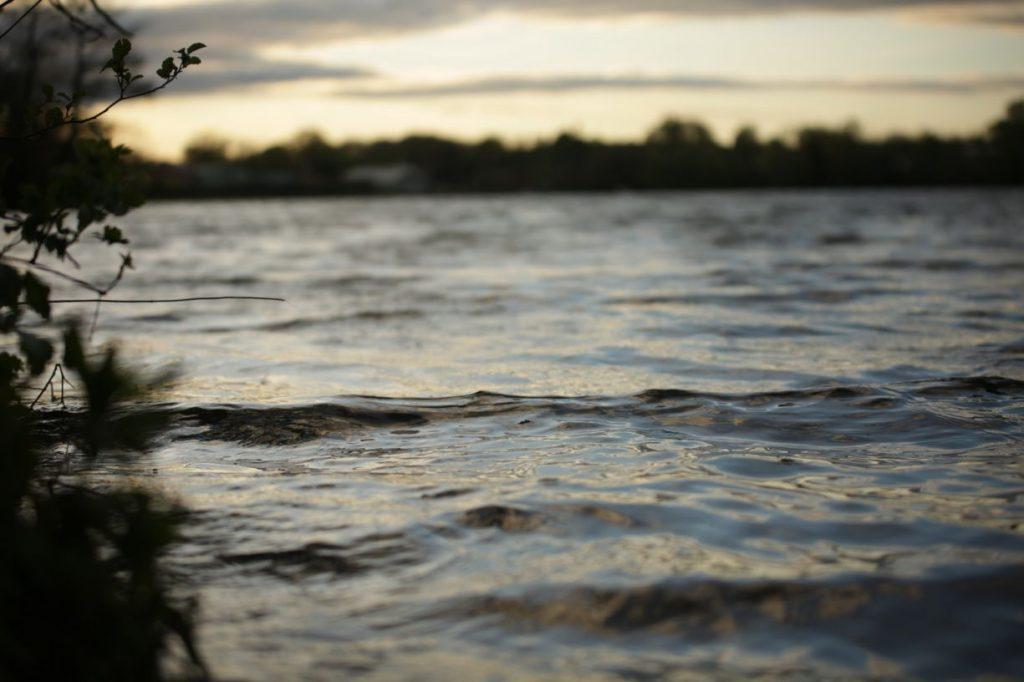
Are there other feeding signs to look for?
Of course. Things such as bubbling are a dead giveaway. A series of bubbles hitting the surface can be a sign that fish are feeding but that’s no guarantee that carp are the species responsible. The makeup of the bottom influences the size of the fizzing and, although tench usually throw up tiny pinprick ones, both they and carp can produce bubbles of either size. A better species indicator is just how localised the patches are. Fizzing that seems to appear in approximately the same place is more likely to be caused by tench, whereas ones that hit the surface, in individual patches, over an area tend to be the result of feeding carp. Bream and carp produce very similar bubbles, both in appearance and scope. However, as a shoal fish bream usually to do so in greater numbers.
Coloured water is another good guide to carp, not just being present, but feeding too. Patches of milked up water are always encouraging. In a way the smaller cloud the better as it can signify the earlier stages of the feeding spell. In time the cloud dissipates to cover a larger area, meaning they’ve been at it for some time. The makeup of the bottom governs the shade and density of the cloud and often there’s only a very subtle difference in colour that can only be discerned from certain angles. Try to become accustomed to looking for it as it’s easily overlooked.
Is it that important to know when carp are feeding?
Indeed it is. For a carp to be caught it must attempt to feed on a hook bait. Finding carp is great as you know the area is one in which they are comfortable but you don’t know that it’s somewhere they’ll feed. Finding where they are at bite time or pinpointing them while they are feeding is a far better situation. For example, on hot, sunny days fish will often be seen cruising over deep water but, come the morning bite time, they’ll get caught from the shallow bars and plateaux.
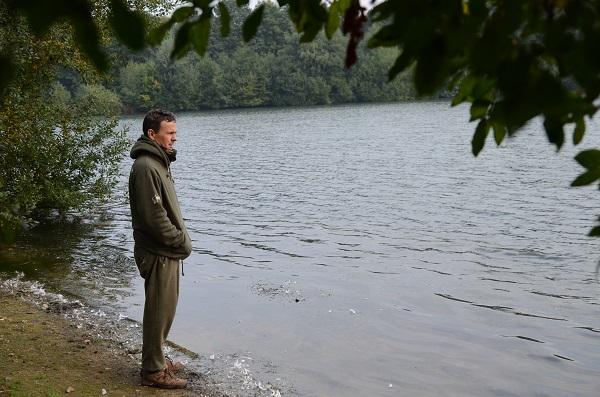
Knowing when the fish in your swim are feeding will provide a big edge. If you can tell when the feeding period starts, is in full swing an when it is tailing off you’re in the best position to react and carry out your manoeuvres at the right time. For instance, once the feeding period has ended it’s the perfect time to reel in. If you are doing a longer session at a carp lake in France, you can visit the facilities, nip off to the shops, pop round to see your mate, or go in search of surface or stalking opportunities without missing out on an opportunity. Conversely, you can hold off with the spod rod if they’re still having it and leave the swim undisturbed. While it’s quiet you might get away with repeated casting, to get a rig smack on, but during a feeding spell you’d settle for it landing a yard off.
Have you been cleaned out? Should you swap the bright pop-up for a more subtle wafter presentation? Should you top up with bait on both spots or just the left and how much more should you put in? Would it be better to move the right-hand rod a few yards further out or to a new spot altogether? If you’ve been on the ball and are aware of the extent of feeding activity in your swim you’ll have the answer to these questions but, if not, it’ll be guesswork at best.
Is there any more to it?
There is but most of it boils down to watching, listening and reading the signs, not just in your swim, but throughout the venue and all around you. Advanced watercraft is a long way from just getting on the end of the wind. It’s about having an affinity with nature and the seasons. Advanced watercraft is about noticing that the fish are spread around the venue in twos and threes and applying bait with that in mind. It’s knowing that the feel and smell of autumn’s approach means they’ll start gathering in larger groups, gravitating towards deeper water and searching out the last of the year’s bloodworm or realising it’s time for them to start resting up in the sanctuary of the snags.
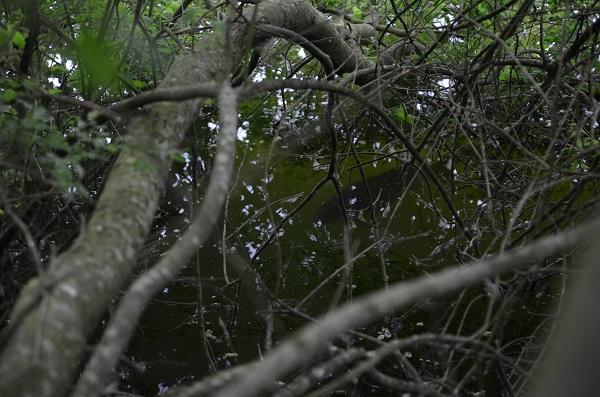
Advanced watercraft might mean walking past the carp basking in a sunny bay because you know they’ll be feeding in the middle come first light or upping sticks and moving having just caught one. Continually observing, analysing and interpreting enables the angler to be so in tune with the water that it is possible to almost judge the mood of the carp and anyone who has got it that dialled in is always going to succeed.
